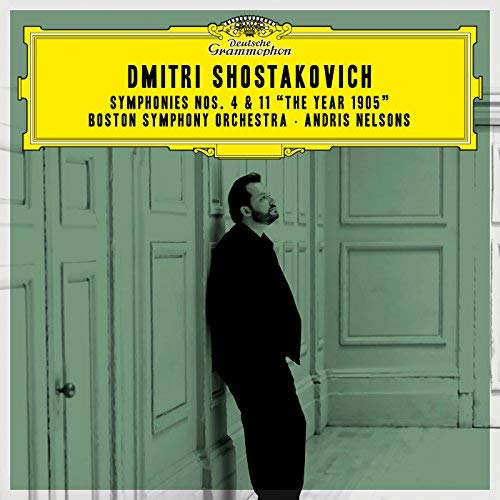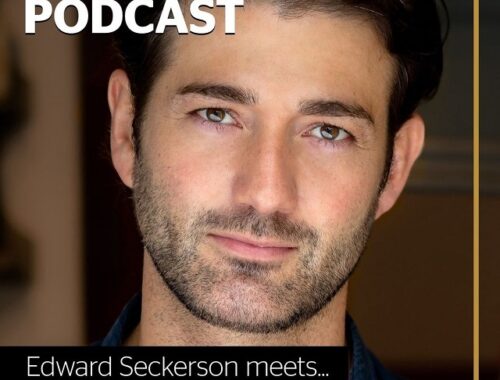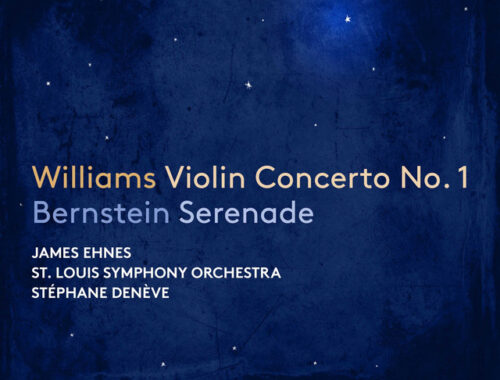The International Conductors’ Academy of the Allianz Cultural Foundation, Royal Festival Hall
A showcase for three young conductors, a malfunction at the printers, and for the first time in my experience no programmes for the audience and the prospect of blind-tasting their talents. Now there’s a thought – no names revealed, no information on their pedigree, and no knowledge of who was conducting what until we’d heard what they were made of. One almost regretted the arrival of makeshift programmes by the interval.
Would I have thought differently of Thomas Blunt’s account of Mozart’s Symphony No.35 “Haffner” had I not known that he had assisted Vladimir Jurowski and served as Chorus Master at Glyndebourne from 2006-2009? Probably not. But both those roles had given him first hand experience with the orchestra of the night – the London Philharmonic – and disappointingly I didn’t feel he seized that advantage. His reading of the symphony was a curiously “back to the future” affair, rather heavy on its feet and overweighted in terms of trumpets and drums. Yes, it leaned towards the work’s romantic aspirations with the furtiveness of the first movement development sounded more expansively and mysteriously than is customary and the slow movement was a protracted stage drama. But the expression was rather generalised and only in the last movement did the playing feel energised.
Domingo Hindoyan – who came out of the now legendary El Sistema project in Venezuela – had two bites of the cherry, the first and most challenging being to serve John Lill in Beethoven’s Second Piano Concerto. This suave and self-assured young man, a tall and rangy presence, immediately exhibited his skills in a shapely opening paragraph, the martial atmosphere crisply maintained with a frisson of excitement in the clinching crescendo. Lill is a past master of Beethovenian “distillation” and Hindoyan was at one with him in capturing the mystical spareness of their exchanges in the slow movement. Hindoyan has expertise but he has temperament, too, and in Julian Anderson’s Past Hymns it was the Tippett-like fervour of its Spiritual allusions that gave the piece real attitude and took it somewhere else entirely.
The dapper Ward Stare is already installed as Resident Conductor at the Saint Louis Symphony and his accomplished account of the evening’s most demanding piece – Stravinsky’s Symphony in C – was cool, collected, super-clear in its intentions, and often beautiful – nowhere more so than in the valedictory (and exceedingly tricky) wind chordings of the closing bars.
You May Also Like

GRAMOPHONE Review: Shostakovich Symphonies 4 & 11 – Boston Symphony Orchestra/Nelsons
15/09/2018
MUSICALS Podcast: Edward Seckerson meets OLIVER TOMPSETT
14/12/2023